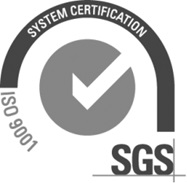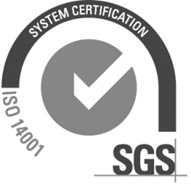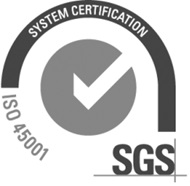MCE Contract Services Ltd have the ability and expertise to remove and dispose of licensed, notifiable non-licensed and non-licensed asbestos-containing materials (ACMs).
We can offer you a wide range of asbestos removal, encapsulation and decontamination services to match your demands. Our highly trained, qualified and experienced staff will work with you to plan and undertake works safely.
We use the latest technologies and equipment, ensuring that our services offer the most practical and advanced solutions and remain at the forefront of Asbestos Removal Companies.
We provide…
- Full HSE licence to undertake work with asbestos
- Highly trained and experienced staff
- Competent advice on the encapsulation of ACMs
- Dedicated policies and procedures for working within the domestic sector
- Site-specific risk assessments and method statements
- Compliance with the Control of Asbestos Regulations 2012 and approved working practices
Notifiable Asbestos Removal
Notifiable works typically involve the removal or treatment of the most dangerous forms of asbestos, or where exposure levels to fibres exceed the control levels of 0.1 asbestos fibres per cubic centimetre of air (0.1 f/cm3), averaged over a four hour period. The most dangerous forms of asbestos include:
- Asbestos coatings
- Asbestos insulation
- Asbestos Insulating Board (AIB)
Works that require a notification need to be carried out by a licensed asbestos removal contractor. Notifiable works involve letting the HSE know about what the works will involve, who will carry out the work, how it will be carried out and by whom. The notification must be sent to the HSENI via the ASB5 form at least 14 days prior to the works being carried out
Notifiable Non-Licensed Works
All NNLW needs to be carried out with the appropriate control measures in place and any persons working on the materials need to of have sufficient training and competence. The decision as to whether or not a material is licensed or not can be difficult and if there is any doubt, then contact us for further clarification. Often, the type of work being carried out in relation to any identified asbestos will determine whether the works are NNLW or licensed. Examples of NNLW works include:
- Maintenance – drilling holes to attach fittings or pass cables through, painting, cleaning etc. Maintenance includes some removal where it is incidental to the main task, e.g. removing an asbestos ceiling tile to allow inspection
- Removal – as part of a refurbishment or redesign project
- Encapsulation – work to enclose or seal asbestos materials in good condition
- Air monitoring and control, and the collection and analysis of samples
The type of asbestos will determine whether it is indeed NNLW or non-licensed, the more friable the material, the more likely the works will be NNLW. Bonded materials, unless they are in a very poor condition are typically classed as non-licensed such as works on floor tiles or cement sheets. More details concerning NNLW can be found from the HSE, or if more in-depth advice is required, then contact us.
Non Licensed Works
Non licensed works are the least dangerous of any activity involving asbestos removal or encapsulation so long as appropriate control measures are in place to mitigate fibre release. Works should always be carried out by sufficiently trained people to ensure the risk of further contamination is reduced. To be classified as a non-licensed activity, the works must meet at least one of the following criteria:
- It is a short non-continuous maintenance task, with only non-friable materials; or
- It is a removal task, where the asbestos containing material (ACM) is in reasonable condition and not being deliberately broken up, and the asbestos fibres are firmly contained within a matrix, e.g. the asbestos is coated, covered or contained within another material, such as cement, paint or plastic; or
- It is a task where the ACMs are in good condition and are being sealed or encapsulated to ensure they are not easily damaged in the future; or
- It is an air monitoring and control task to check fibre concentrations in the air, or it’s the collection and analysis of asbestos samples to confirm the presence of asbestos in a material.











